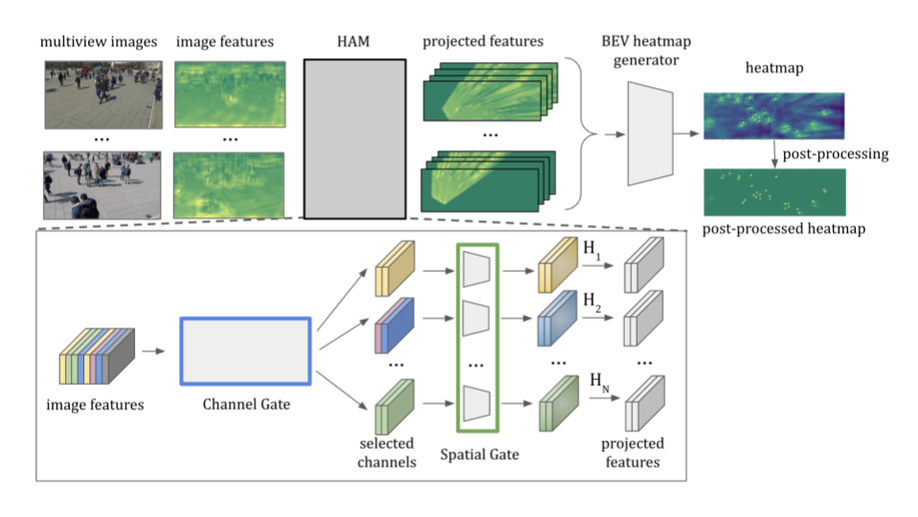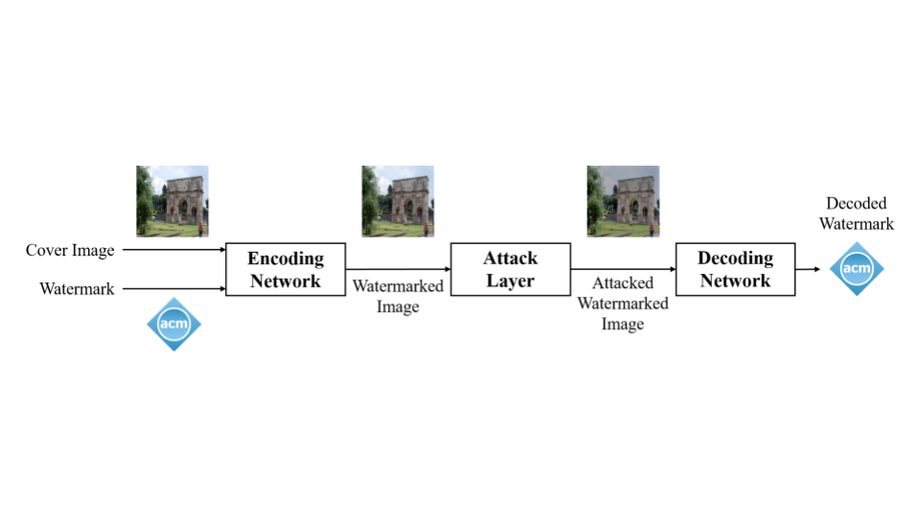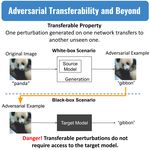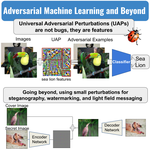Biography
As the manager of the research team at Deeping Source Inc., I am proud to lead a group of talented individuals who are dedicated to developing innovative image anonymization and AI analytics solutions. Our team is currently focused on researching multi-camera object tracking, image anonymization, and quantization, with a particular emphasis on real-world applications.
I received my Ph.D. from the Robotics and Computer Vision Lab at KAIST, South Korea, where I worked under the supervision of Prof. Kweon In So. My research during this time focused on machine learning techniques that are robust and reliable. Prior to my Ph.D., I obtained my diploma in mechanical engineering from the Technical University Kaiserslautern, Germany, where I studied under the guidance of Prof. Naim Bajcinca.
I am passionate about using cutting-edge technology to solve real-world problems, and I am excited to see what the future holds.
Interests
- Robust Machine Learning
- Adversarial Machine Learning
- Deep Learning
- Computer Vision
Education
-
Ph.D. in Electrical Engineering, 2017 - 2021
KAIST, South Korea
-
Diploma in Mechanical Engineering, 2017
Technical University Kaiserslautern, Germany




